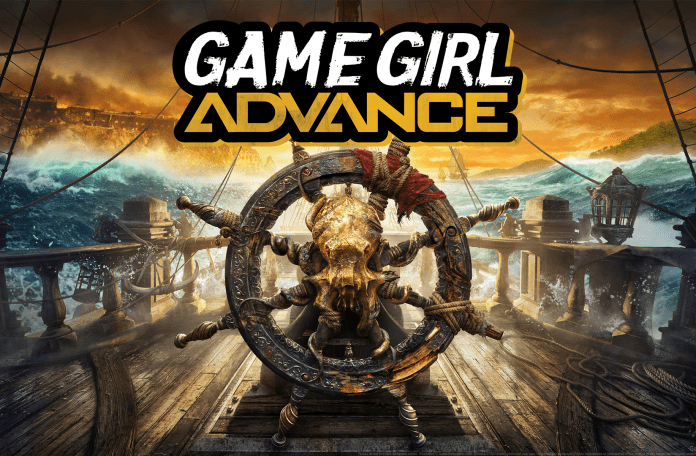Avast ye mateys! Look upon the curve of the horizon and behold the coming of a great and fearsome vessel, helmed by none other than the dread captain Ubisoft Singapore. Aye, indeed it is none other than Skull and Bones, the AAAA video game, set upon the bloody and vile task of plundering the holds of all those foolish enough to spend $70 on a live service game that will probably be free to play within two years.
Over more than a decade of development hell, foundational elements of Skull and Bones have changed frequently and drastically before becoming the financial parasite which arrived earlier this year. Beginning in 2013, the first iteration of Skull and Bones was conceptualized as an expansion to Ubisoft’s Assassin’s Creed IV: Black Flag. It later morphed into a spin-off Massively Multiplayer Online (MMO) game in the vein of World of Warcraft titled Black Flag: Infinite, but was eventually turned into a standalone intellectual property.
Additionally, the game’s setting changed multiple times from the Caribbean, Eastern Coast of Africa and even the fictional land of Hyperboria theorized to exist by ancient Greeks. Ultimately, Ubisoft spent over $200 million over the course of development.
Although many things could have been, what Ubisoft Singapore has delivered us consumers is nothing short of plain face vampiric monetization. Skull and Bones sits firmly in the category of live service games, a designation given to games which seek long term player investment, both in time and money, through ongoing content rollouts. Some of the most well known live service games include Fortnite, Warframe and Destiny 2.
Typically speaking, a live service game achieves success through implementing a simple gameplay loop, online multiplayer mechanics and an egregious amount of in-game purchases and microtransactions. Skull and Bones has each of these things in spades.
The basic gameplay revolves around preparing your pirate vessel, setting sail to complete objectives typically limited to fetch quests and the admittedly fun naval combat and returning to port to spend what booty you’ve acquired on ship upgrades and cosmetics. Rinse and repeat.
The aforementioned fetch quests are oftentimes so mind numbing that I have gone so far as to make a new rule for myself as a consumer of video games: never again shall I buy a game that involves cutting down trees. Why are pirates cutting down trees? The whole fun of being a pirate comes from taking what you want by blade or by hail of cannon fire.
The reason for this design has to do with its early, middle and late gameplay phases. In order to progress through these phases you must purchase extensive ship upgrades. For doing this you are rewarded with gameplay which continually allows you to shift more toward naval combat and away from resource gathering. This results in either a slow drip of dopamine encouraging continued play, or a desire to skip ahead to the “fun” part by spending even more money on in-game purchases on an already overpriced game.
During my time with Skull and Bones, I could never shake the feeling that I would simply rather play a better pirate game. Ubisoft knocked it out of the park with Assassin’s Creed IV: Black Flag, and it’s no wonder they saw an opportunity to spin off on the whole pirate angle.
Unfortunately, the live service business model is proven to be profitable and effective. I doubt any major gaming industry players will learn a lesson from this game other than the perils of a spiraling development process. While Game Girl Advance cannot recommend this game, for anyone who has been anticipating Skull and Bones, it would not be an unreasonable prediction to expect the game to shift to a free-to-play model in the future.

